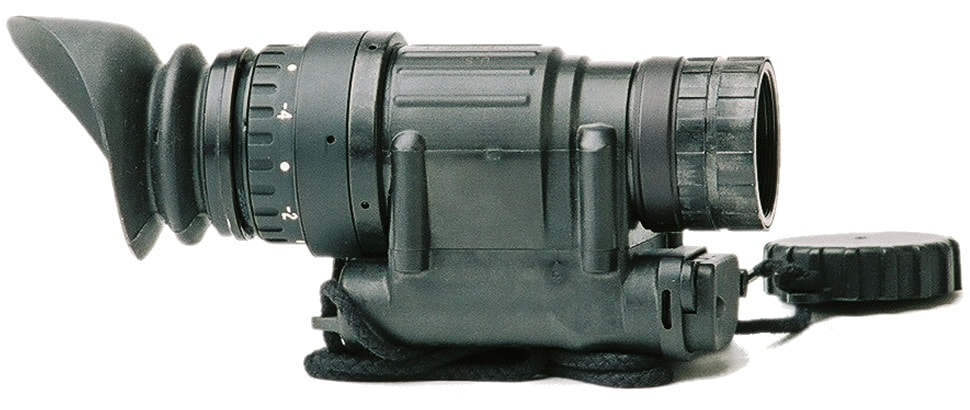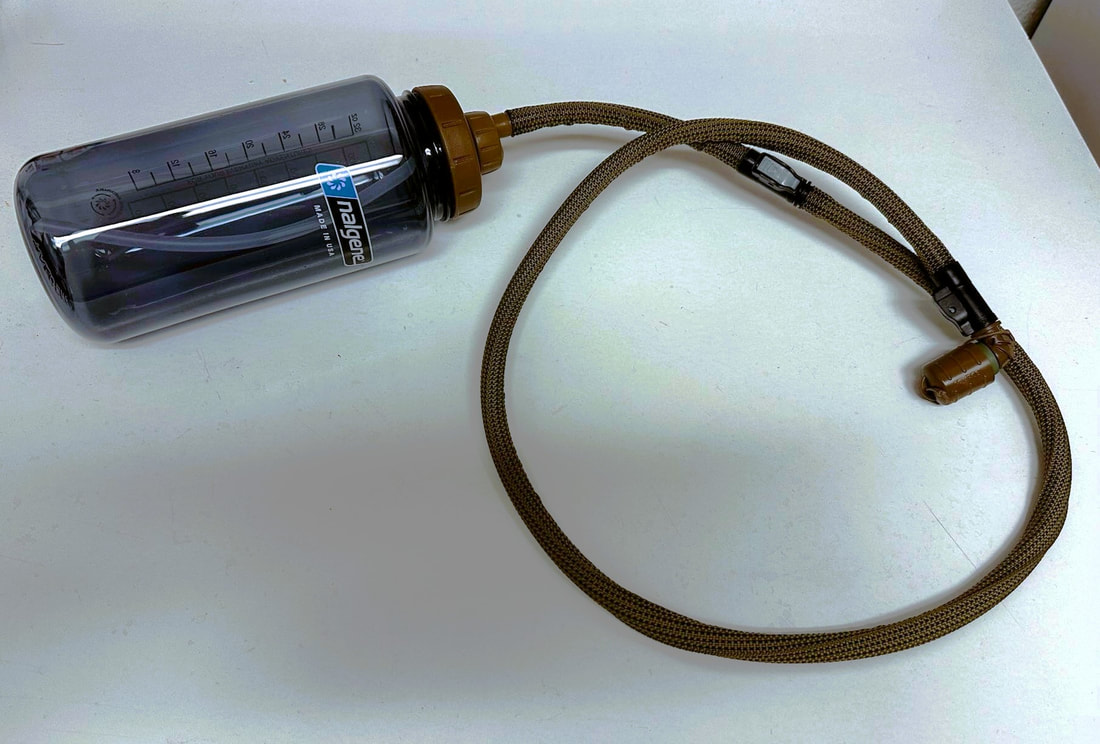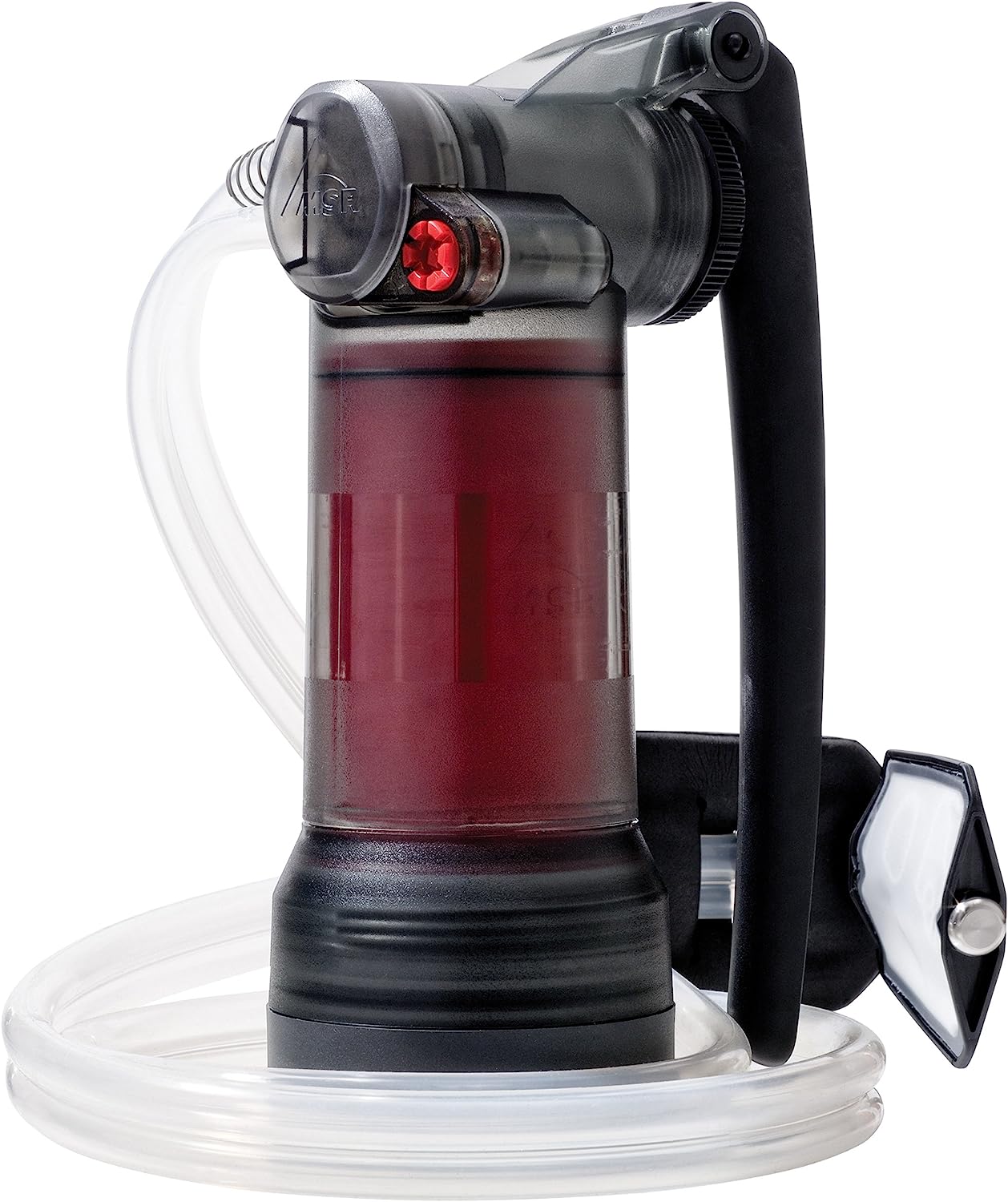|
Note: this an adaptation from my non-fiction book Suburban Defense: A cop’s guide to protecting your home and neighborhood during riots, civil war, or SHTF, available on Amazon.
Night vision is a force multiplier If SHTF happens, darkness will be the bad guys’ friend. Most Americans have no idea how dark night really is. New York and Las Vegas are bright enough to blot out virtually all stars. Total darkness is hard to get but can come in the right circumstances. Being able to see clearly in the dark becomes a necessary tool for survival. Your situation may never be as dire as I’ve written about my novels, but it could. You can turn around the darkness advantage and make it yours by employing night vision devices. If you cannot see in the darkness, you don’t know what’s out there. Seems so simple it’s cliché, right? Think about the average person’s feelings in the dark. Ever whistle to keep yourself company while taking the trash out at night? Night vision allows you to turn that feeling of discomfort around and use it to your advantage against bad guys. The goal is to be one step ahead of the bad guys. If a threat doesn’t know you can see him, he’s going to sneak up right through the bushes as you watch. Then when he’s at the final line of bushes before the open ground, you can light him up and neutralize him. The alternative is that you don’t know he’s there until he starts shooting at you or is rushing your position. By revealing what the darkness cloaks you can engage more persons, at a greater distance, over a wider field of fire. You can detect and identify threats earlier than they can observe you. Night vision allows you to do several things white lights will do but without detection. That initialism is SIN: S – Search I – Identify (friend or foe) N – Navigate These three are all passive uses of your night vision gear. Identification and navigation (marking waypoints) can be boosted by use of infrared markers such as reflectors, glow sticks, strobes, or IR flashlights. The latter will also enable you to control and communicate just as you could with a white light. Types and employment There are three kinds of Night vision Optical Devices (NODs). The first are image intensification tubes that amplify ambient light. Gen III is the current military issue stuff. The picture is basically what you’re familiar with from recent movies showing night vision (13 Hours is a great example). The next category is thermal vision, or FLIR (a brand). These display the world in different shades of color, or black and white, depending on the temperature. The final category is digital night vision. This is not so great. It basically is an image sensor from a digital camera that amplifies light. Probably the best brand out there is Sionyx. I don’t recommend it, even though these devices are cheaper. Buy once, cry once. If you’re using night vision for shooting, you cannot physically get your eyes down on a rifle to look down the sights with a NOD on your face. The NOD must be mounted on the weapon, often in conjunction with a night vision compatible sight. What a “night vision compatible” red dot sight means is that if you mount your PVS-14 on the rail with the scope, the dot won’t wash out the amplified picture. That is, the dot has a dimmer switch. Again, unless you’re rich and can buy multiple devices, I don’t recommend this. You can’t use a rifle mounted NOD to navigate while moving around. So that means a head-worn NOD, like the PVS-14 monocular. This requires an infrared laser, mounted on the weapon, to aim. Unless the bad guy has night vision (and they probably won’t), you will be the only one seeing the infrared dot appear on the bad guy in your NOD. Don’t have night vision? Don’t have/can’t afford NODs? Use your eye’s natural night vision. First, allow about 30 minutes in darkness for your eyes to adapt to the dark. If you have to turn on a light, close one eye tightly to preserve night vision in that eye. Make sure you are well rested as vision tends to deteriorate with fatigue. Have you ever noticed that if you try to look directly at something in the dark it “disappears”? Your eyes are only able to focus on an area of about 2-3 degrees with your sharp central vision (fovea); the rest of what you see is peripheral vision. Try looking indirectly, that is just away from the object, and you will be able to see it again. This phenomenon is known as averted vision. Averted vision is possible because your eyeball’s rod cells, which don’t distinguish color, are far more sensitive than your eye’s cone cells. Cone cells are responsible for color vision and are used primarily in bright light. Rods are roughly 100 times more sensitive to light than cone cells but produce blurrier vision (or else everyone would have great peripheral vision). To visually scan areas you are watching at night, use averted vision by moving your eyes in a pattern. Scan in a grid: up and down, left to right. This will allow you to see things off to the side of your fovea and avoid the problem of looking directly at an unidentified something only to have it disappear. If you are going to be exposed to bright light, such as muzzle flash, headlights, etc. close one eye to preserve night vision in that eye until the light is gone. Use red lights or filters to preserve your night vision. Your depth perception and ability to distinguish outlines will be affected after dark. Distance tends to be underestimated by up to a quarter; dark objects app ear further away while light objects seem closer. Hats, hoods, and helmets reduce your field of view, especially at night. If you’re the only with NODs in your neighborhood, you will act as a target designator. If it’s totally dark and a “weapons free” situation, you should be firing exclusively tracer rounds (which look like laser beams). What you can do is identify a target, pop off a couple of tracers in the direction everyone should fire, then the group directs its fire that way until you can see the target is neutralized. Own the night. If you’ve got food, weapons, and basic necessities squared away, night vision might make all the difference. You can find more details about night vision and survival in my book Suburban Defense: A cop’s guide to protecting your home and neighborhood during riots, civil war, or SHTF, available on Amazon. Comments are closed.
|
Author Don ShiftDon Shift is a veteran of the Ventura County Sheriff's Office and avid fan of post-apocalyptic literature and film who has pushed a black and white for a mile or two. He is a student of disasters, history, and current events. Archives
May 2024
Categories
All
As an Amazon Associate I earn from qualifying purchases.
|


 RSS Feed
RSS Feed






